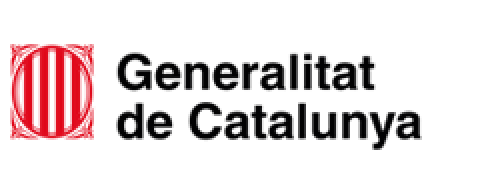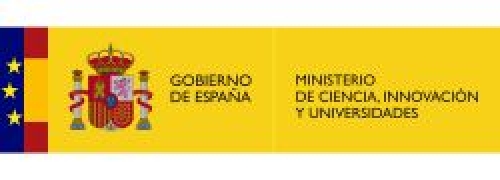A study led by Tomàs Marquès-Bonet, ICREA researcher at the CNAG and the Institute of Evolutionary Biology (IBE), together with Christina Hvilsom, researcher at the Copenhagen Zoo, reveals ancient admixture events among the extant species closest to humans: bonobos and chimpanzees.
Between 1,5...
Steven Laurie from the CNAG Data Analysis Unit will be one of the teachers on the next training course organized by in the Human Variome Project/HUGO “Variant effect prediction” that will take place from 31st October to 3rd November in Heraklion, Crete, Greece. Steven Laurie has been invited...
Sequencing a human genome today costs less than 1% of what it did in 2006, and takes hours instead of years. Computing cost to analyze sequencing data has decreased far less than the cost of whole exome and whole genome sequencing (WES and WGS) and today constitutes a non-neglible fraction of the...
The Origins - It remains debated how Australia was initially populated and how changes in language and culture in the continent happened. Australia contains some of the oldest archaeological evidence of modern humans outside Africa dating back to about 50,000 years, which has been interpreted by...
The 2017 Human Genome Meeting (HGM2017) will be held in Barcelona from 5th to 7th February 2017. This is the key annual conference of the Human Genome Organization (HUGO) the international organization of scientists involved in human genetics.
Ivo Gut chairs the Local Organizing Committee which...
The 17 projects, including a total of 900 samples, will get free-of-charge Whole Exome Sequencing (WES) and bioinformatics analysis. PIs will soon receive further instructions.
List of awarded projects:
Exome sequencing of a cohort of Rett syndrome-like patients
- Judith Silvia Armstrong...
- Judith Silvia Armstrong...
















